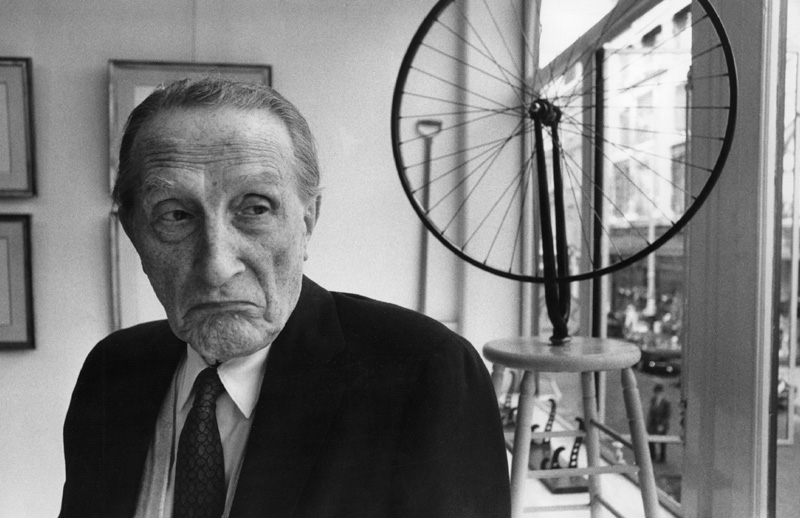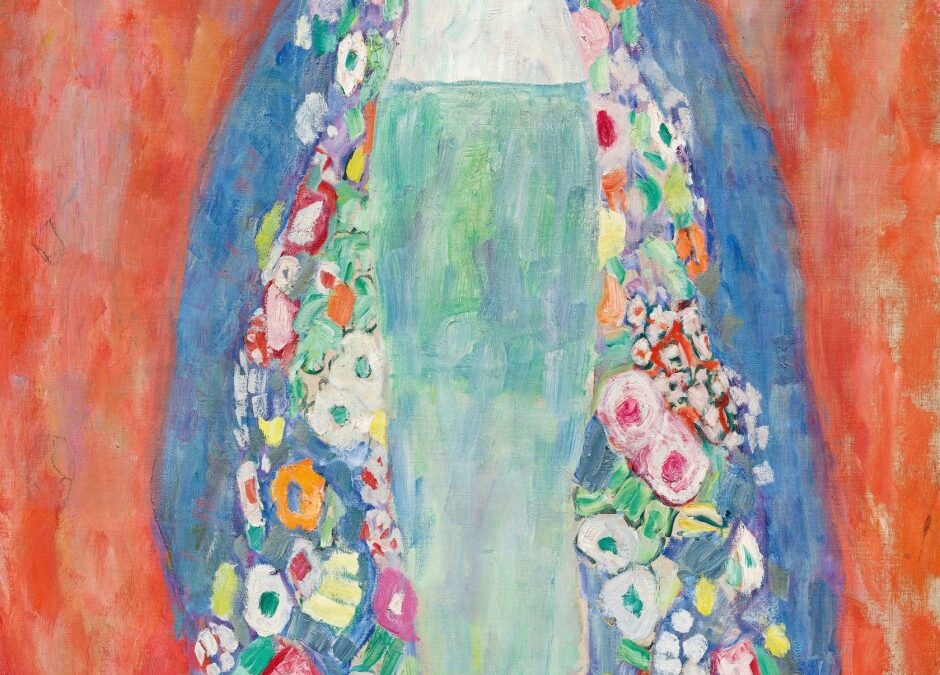The Current Art Market
The art market, like any other industry, is not immune to the fluctuations and disruptions brought about by global events and economic shifts. As we step into 2024, it’s crucial to reflect on the recent past to understand the current landscape. In 2022, the art market witnessed robust sales and fervent activity; however, the narrative took an unexpected turn in 2023, as art sales experienced a notable decline, leaving many pondering the underlying causes and implications.
According to data and analyses from reputable sources such as Artnet and The Art Newspaper, the decline in art sales from 2022 to 2023 sent ripples across the industry, prompting a reassessment of strategies and expectations. The factors contributing to this downturn are multifaceted, ranging from geopolitical tensions and economic uncertainties to shifting consumer behaviors in the wake of unprecedented global events.
As we delve deeper into the intricacies of the art market in 2024, it’s imperative to dissect the nuances of this evolving landscape, understanding both the challenges and the innovations that shape its trajectory.
Sotheby’s New Fee Structure
It’s not necessarily a move to accommodate itself into the present art market, nor does it have to do anything with a *lawsuit* being settled a couple of days ago, but Sotheby’s has announced a new fee structure that has caught the attention of many in the art world.
In a bold move that has sent ripples throughout the art world, Sotheby’s recently announced a significant change to its fee structure. The renowned auction house has opted to reduce its buyer’s premium and seller’s commission, a decision that has been met with both anticipation and skepticism.
Under the new fee structure, buyers will benefit from lower premiums, making acquisitions more financially accessible. Simultaneously, sellers will enjoy reduced commission rates, potentially incentivizing greater consignments, and bolstering Sotheby’s competitive edge in the market.
However, some experts caution that this strategic maneuver could be a double-edged sword. While lower fees may attract a larger pool of buyers and sellers in the short term, there are concerns about the long-term implications for Sotheby’s profitability and the overall health of the art market ecosystem. Additionally, rivals in the industry may respond with their pricing adjustments, leading to intensified competition and pricing pressures.
Ultimately, the success of Sotheby’s new fee structure will hinge on its ability to strike a balance between attracting clientele and maintaining financial viability. As the art market continues to evolve, adaptability and innovation will be paramount for auction houses and galleries seeking to thrive in an ever-changing landscape.
In conclusion, navigating this dynamic terrain requires a nuanced understanding of emerging trends, coupled with a willingness to embrace innovation, and adapt to changing realities. As we embark on this journey, one thing remains clear: the allure of art transcends time and trends, continuing to inspire and captivate audiences around the world.




